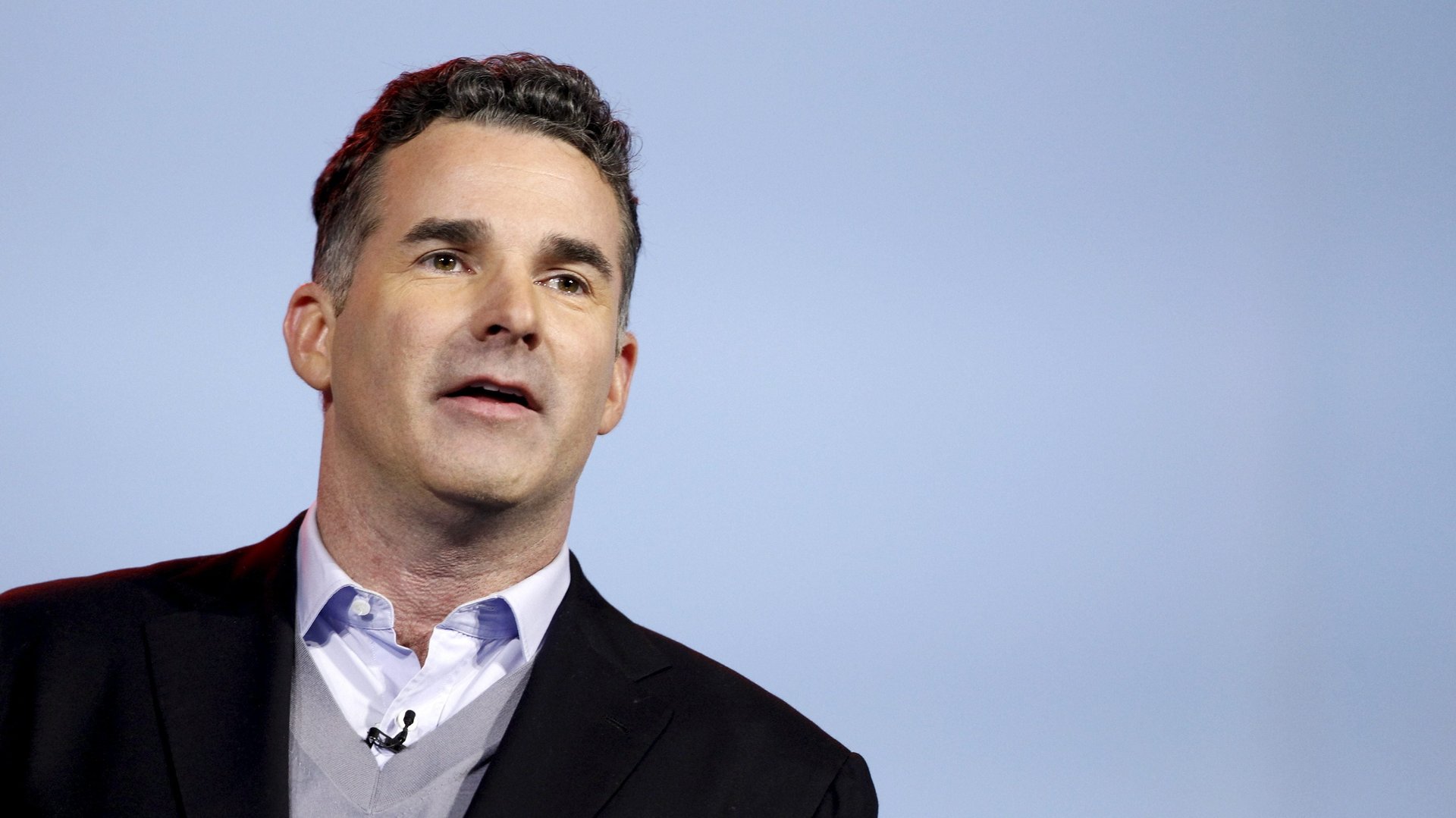Under Armour’s Kevin Plank shows how a founder’s role can change as a company grows
Kevin Plank has been Under Armour’s chief executive since founding the company in 1996. But on Jan. 1 he will officially step down and hand the role to Patrik Frisk, Under Armour’s current chief operating officer.


Kevin Plank has been Under Armour’s chief executive since founding the company in 1996. But on Jan. 1 he will officially step down and hand the role to Patrik Frisk, Under Armour’s current chief operating officer.
But Plank isn’t leaving the company he built, or ceding control. Frisk, the company said in a press release, will report to Plank, who will become executive chairman. Frisk will handle the day-to-day tasks of a CEO, while Plank gets back to working more directly on Under Armour’s product and marketing as its new “brand chief.” It’s an unexpected move, but it has precedent, and reflects how a founder’s role can change as their company grows.
Being CEO is a laborious, time-consuming job that doesn’t always leave room for hands-on creative work. An extensive study last year by Harvard Business Review on how CEOs manage their time noted that “it just isn’t possible for them to make or even ratify most decisions directly. Instead, effective CEOs put in place well-designed structures and processes that help everyone else in the organization make good choices.”
This method of working may be a necessity, but the remove can be difficult for founders who built their companies from the ground up. Plank started Under Armour from his grandmother’s house, making the first sweat-wicking undershirts that laid the foundation for the brand at a local tailor. Today it’s an international company with more than $5 billion in annual sales, likely leaving Plank little time to focus on directly shaping products and helping craft the company’s image.
The company is greatly in need of a creative jolt. For a couple years now its business in North America, its largest market, has been in decline. It’s in need of a turnaround, and Under Armour appears to hope freeing up Plank to do more of the work he handled in leading the company through its early growth will help. In an interview with Fortune, Plank said the change will allow him to focus on big-picture tasks. “It’s also freedom for me to get out of the weeds,” he said. (Plank, who also controls 65% of Under Armour’s voting shares, won’t have to worry about anyone looking over his shoulder.)
He wouldn’t be the first to make such a move. In 2000, for instance, Bill Gates left his position as Microsoft CEO to be more closely involved in the company’s software strategy. In 2015, Ralph Lauren stepped down as CEO of his fashion empire but remained its executive chairman and chief creative officer. And just like Frisk, Lauren’s replacement in the role reported to him.
Frisk, a 30-year retail veteran, has been instrumental in Under Armour’s efforts to reorganize and improve how it operates over the past few years. He seems likely to continue that work while Plank gets back in the product trenches. Both will have to be at the top of their games to help Under Armour overcome the challenges that lie ahead.